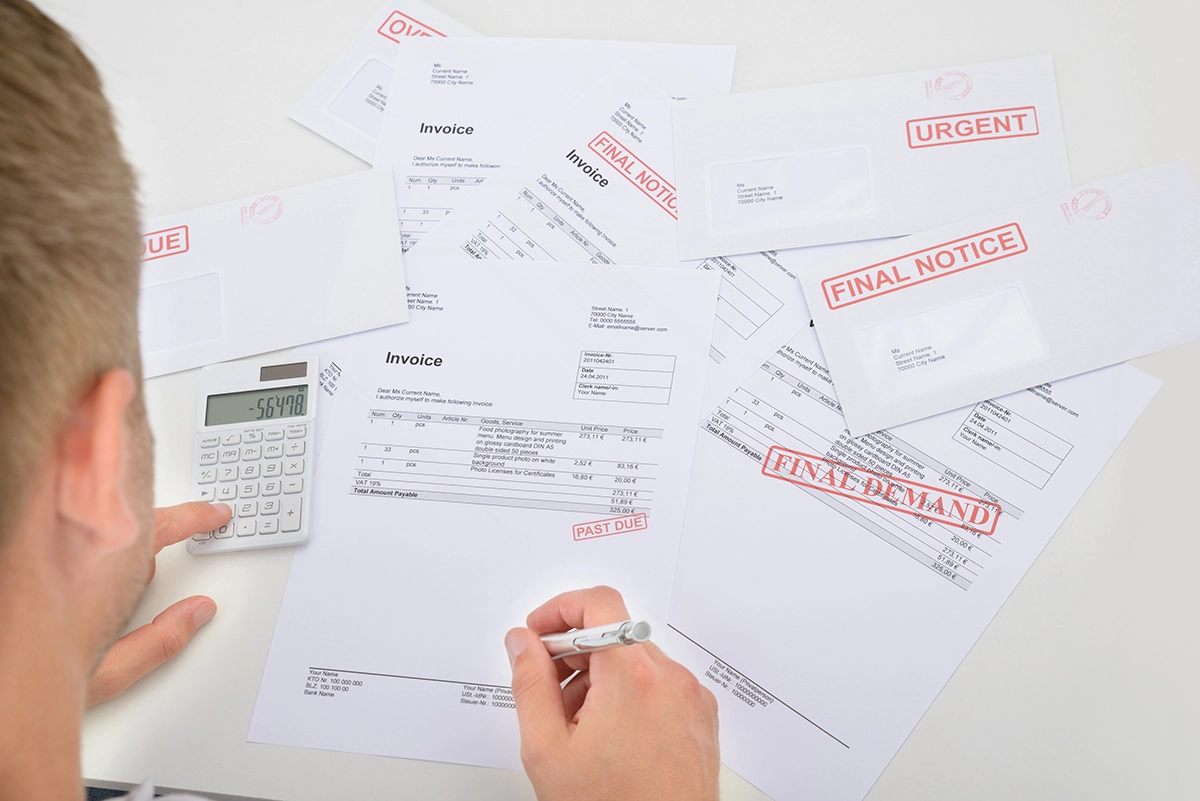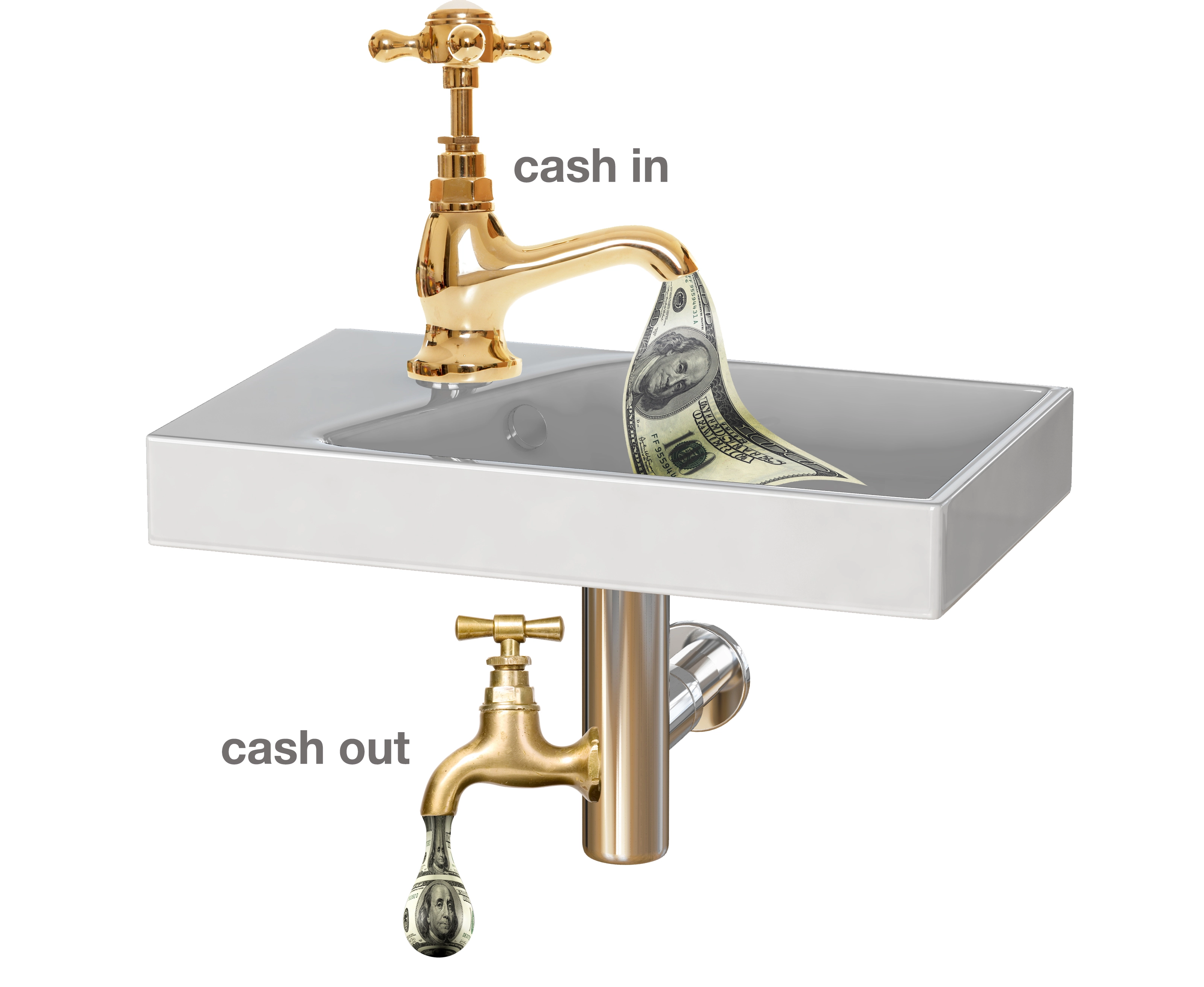Determine your position in the market; then define desired profitability.
Most contractors’ fiscal years end Dec. 31, so now is a good time to review your pricing strategy and make the necessary changes for 2012. Decide where you want to position your company in your marketplace. If you want to be known for the “lowest prices in town,” then you will most likely have “the lowest profits in town.”
If you want to be known as “the highest quality in town,” then your pricing must reflect what is required to have “the highest quality in town.”
What do you do that is different and better than your competition? Include these costs in your pricing strategy and educate the customer. Once you have your business philosophy as to where you want to position your company in your community, then review your costs in light of the services that you provide to your customers.
Choose the profitability level you desire. Look at all areas — service, service agreements, and replacement pricing. If your costs have increased, and you don’t raise your prices, then your profits will decline. If you are satisfied with decreasing profits because of increasing costs, don’t raise your prices.
If you don’t want to earn less, then you must raise your prices.
Service
If you’ve given raises in 2011, you must incorporate those increased costs in your pricing. There is the increased hourly rate as well as the increased payroll taxes and worker’s compensation related to the increased hourly rate. Since truck costs also are included in service rate calculations, estimate the increases you’ve had this year in insurance, gasoline, and maintenance. Then add the additional overhead cost and additional profit desired to arrive at the increase in hourly rate.
Union companies are great at increasing their service rates. Every year, under the union contract, service technicians’ hourly rates increase. Every year, on the date of that hourly rate increase, new service rates are calculated, and prices increase. Raising service rates is easy when you use flat-rate pricing. Just add the additional costs to the hourly rate and reprint the books or have the books reprinted depending on whose flat-rate pricing you use.
In the flat-rate scenario, the increases in prices are hidden and rarely affect the price for a repair significantly. For example, if you raise your service rates $10 per hour, the cost for a one-hour repair will increase only $10. The customer will not usually notice this increase. However, the cumulative effect of raising your service rates $10 per hour will ensure that your profits will remain the same as they have in the past.
Service Agreements
Many contractors have the philosophy that service agreements are a loss leader. How much loss is acceptable? My philosophy is that if your technicians perform maintenance properly according to manufacturer specification, and you didn’t at least break even on your service-agreement revenue in 2011, then it is time to raise your rates.
Look at the true cost of a maintenance agreement including labor, materials, truck costs, SPIFFs, and overhead. If your rates are too low, first make sure you are providing value for the customer. This means performing a thorough maintenance procedure rather than rushing through it in 15 minutes. If you’re at the home for only 15 minutes, you can’t justify a higher service agreement price.
Assuming that your technicians perform recommended maintenance procedures, then the best way to raise rates is through monthly recurring billing.
Let’s say that you need to raise your maintenance agreement rate $18 per hour. That’s only $1.50 more per month. The transition to monthly recurring billing can take time. Older customers generally want to pay up front. However, younger customers are used to monthly bills for their cell phones, gym memberships, online games, and more, so they embrace monthly recurring billing.
Replacement
Material and equipment costs have risen this year. These added costs must be considered in your pricing strategy. Another factor in your pricing strategy is the quality of your sales team. If they only “take orders,” you must have the lowest prices in town. They don’t know how to sell value.
If they know how to educate the customer, provide value, and satisfy the customer’s needs, your prices don’t have to be the lowest prices in town. I know many, many sales people who win jobs with prices higher than the competition.
Your strategy for 2012 might be to train your sales people to sell value rather than low price. This will give you the ability to sell at the prices you need to provide that value. Your profits will follow.
Educate your customer, provide exceptional value and customer service, and strive to be known as “the best in town” rather than “the lowest price in town.” Your ability to raise prices when needed, as well as your profitability, depends on your pricing philosophy.
Ruth King has over 25 years of experience in the hvacr industry and has worked with contractors, distributors, and manufacturers to help grow their companies and become more profitable. She is president of HVAC Channel TV and holds a Class II (unrestricted) contractors license in Georgia. Ruth has written two books: The Ugly Truth About Small Business and The Ugly Truth About Managing People. Contact Ruth at ruthking@hvacchannel.tv or 770.729.0258.





